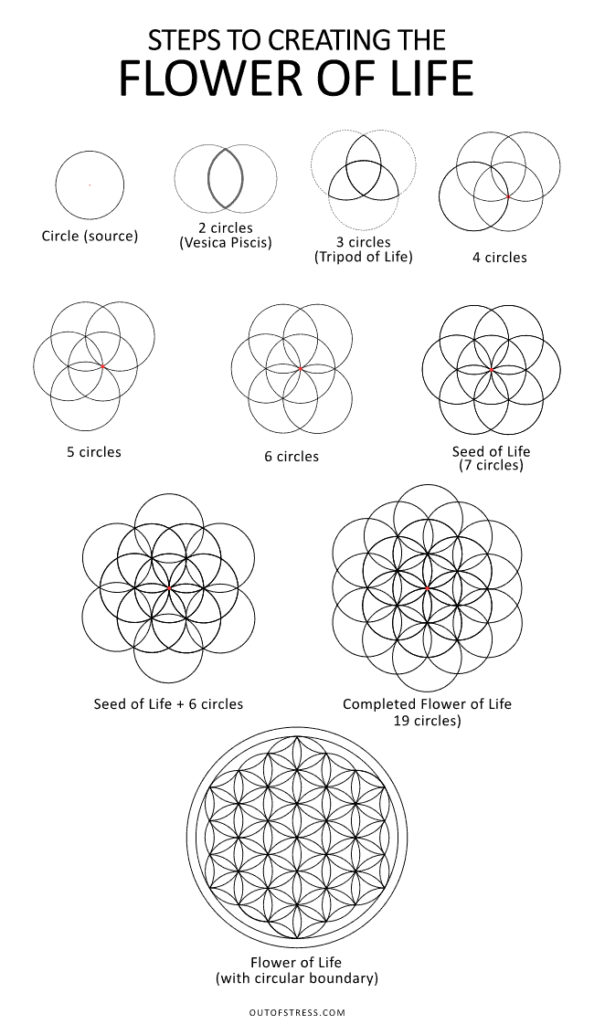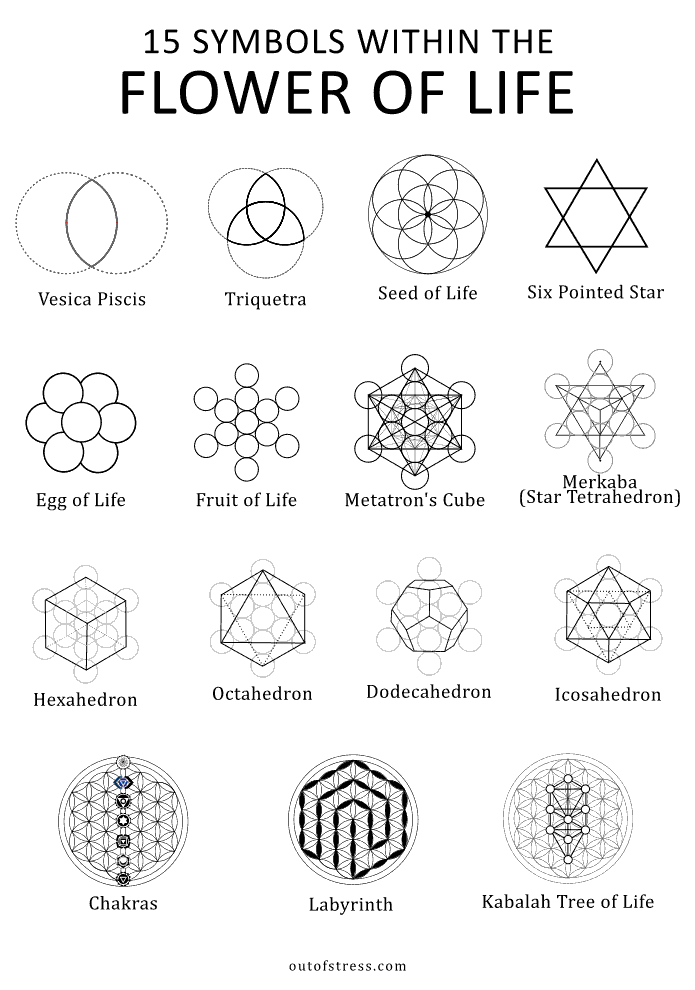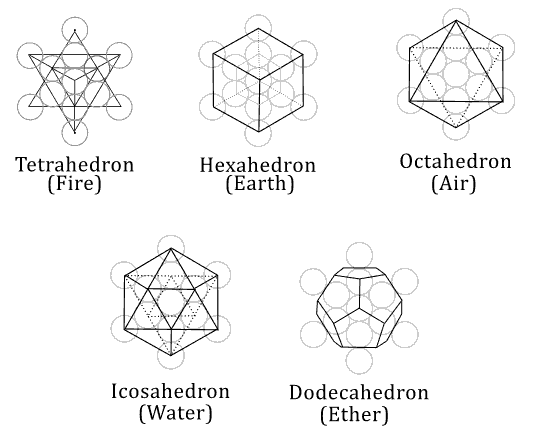

Zoroastrian Cosmology and Sacred Geometry:
- Interconnectedness and Unity:
- Zoroastrianism emphasizes the interconnectedness of all creation, which resonates with the symbolic representation of the Flower of Life as a pattern that connects all parts of existence. This interconnectedness is seen in the Zoroastrian concept of asha, which represents truth, order, and the harmonious working of the universe.
- Creation and Divine Order:
- The Flower of Life symbolizes the cycle of creation and the underlying geometric order of the universe. Similarly, Zoroastrian cosmology describes the universe as created by Ahura Mazda, the supreme god, who brought order out of chaos. The geometric and orderly nature of the Flower of Life can be seen as a reflection of Ahura Mazda’s creation.
- Sacred Patterns in Zoroastrianism:
- While not specifically the Flower of Life, Zoroastrian art and architecture often feature intricate geometric patterns. These patterns, found in fire temples and other sacred spaces, symbolize the divine order and the structure of the cosmos, echoing the themes represented by the Flower of Life.

Spiritual Significance:
- Meditation and Spiritual Growth:
- The Flower of Life is used in various spiritual practices for meditation and healing, believed to help individuals connect to universal energies. In Zoroastrianism, spiritual growth and enlightenment are also central themes, with practices aimed at aligning oneself with asha and the divine order.
- Symbols of Creation and Life:
- The Egg of Life and Seed of Life, components of the Flower of Life, represent the stages of creation and development. These symbols can be metaphorically linked to Zoroastrian myths of creation, where the material world was created in stages, starting from the spiritual to the physical realm.
Cultural and Historical Overlaps:
- Ancient Connections:
- The Flower of Life has been found in various ancient cultures, and while direct evidence of its use in Zoroastrian culture is lacking, the broader Persian influence on sacred geometry and artistic expressions could suggest an indirect connection. Persian art often includes complex geometric patterns that reflect a deep understanding of mathematics and cosmology.
- Philosophical Reflections:
- Zoroastrianism’s influence on other religious and philosophical traditions might provide indirect connections. For instance, the Greek philosopher Pythagoras, who was influenced by Persian and Zoroastrian thought, is known for his work on geometry and its spiritual significance, potentially linking these ideas to symbols like the Flower of Life.
Conclusion:
While the Flower of Life as a specific symbol is not a part of traditional Zoroastrian iconography, its themes of interconnectedness, divine order, and the geometry of creation resonate with Zoroastrian cosmology and spiritual beliefs. The use of geometric patterns in Persian art and architecture further supports this conceptual alignment.
If you want to explore more about Zoroastrian cosmology and its connections to sacred geometry, you might find these sources useful:
